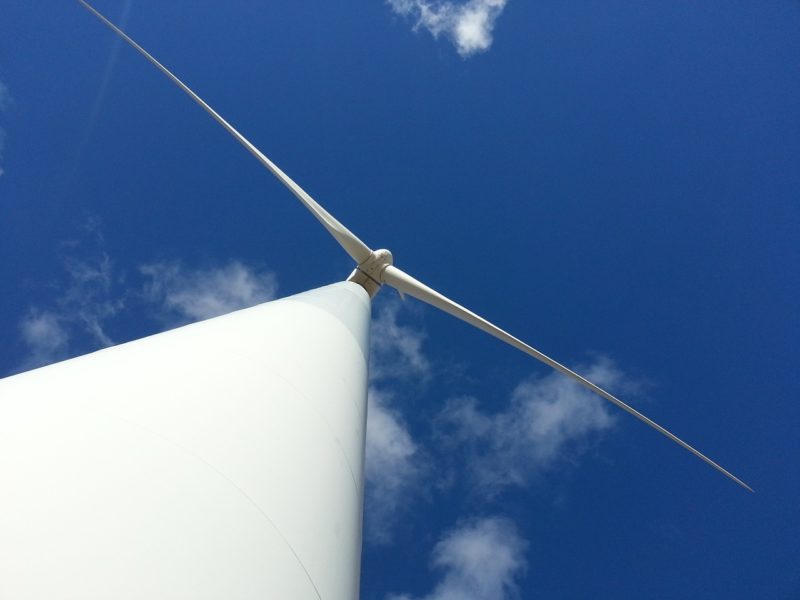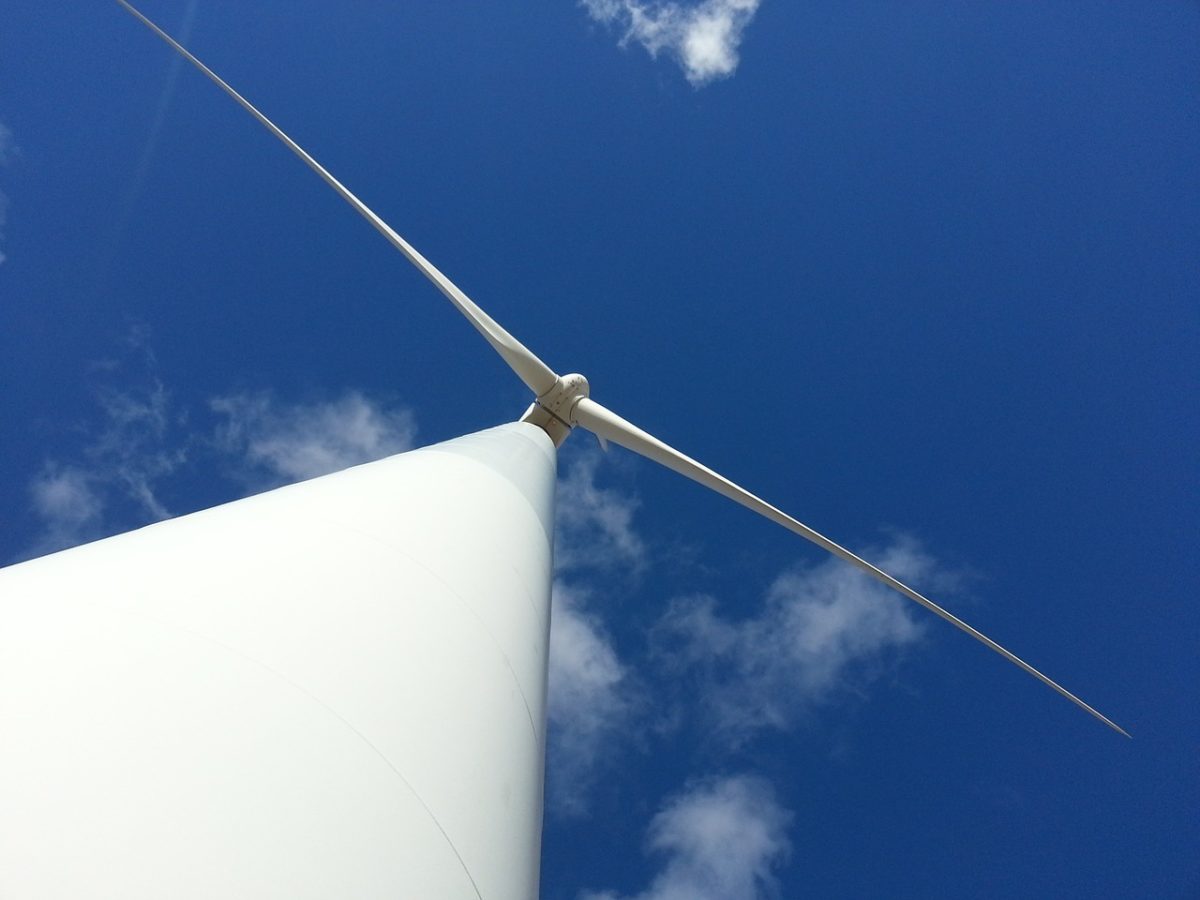
By Javier Blas and Anna Hirtenstein
(Bloomberg) — If you want a snapshot of what the global energy map will look like under President Donald Trump, look no farther than the stock market.
Glencore Plc, the world’s top coal trader, surged more than 5 percent on Wednesday. Vestas Wind Systems A/S, the world’s biggest wind-turbine maker, plunged as much as 13 percent. The swing foretells a story of fossil fuels making a comeback, while the fight against climate change — and investment in wind and solar power — languishes.
In his only major energy policy speech ahead of the elections, Trump said that he would rescind “job-destroying” environmental regulations within 100 days of taking office and cancel the climate deal reached last year in Paris.
“A Trump administration will focus on real environmental challenges, not the phony ones we’ve been looking at,” Trump told supporters in May in North Dakota, the birth-place of the U.S. shale revolution.
To be sure, Trump has offered few clues on how he plans to implement his plans. Energy and climate policy has taken a back-seat to immigration, the economy and debate about the candidate’s fitness for office. And some of his proposals are contradictory, like his pledge to boost both natural gas and coal, two fuels that compete against each other in the power generation market.
Yet, few doubt who’s likely to win and lose, particularly as Trump can rely on supportive lawmakers in Congress to push his agenda.
“The result is undoubtedly a blow for the renewable energy industry,” said Matt Loffman, an analyst at energy consultant Douglas-Westwood in Houston. “The historic election result is perhaps welcome news for a hydrocarbon industry that has been on the ropes for over two years.”
Coal prices already are enjoying a renaissance after China, the world’s largest consumer, cut domestic production, forcing power plants to buy overseas. The cost of thermal coal in the Australian port of Newcastle, a benchmark for Asia, has more than doubled since January to a four-year high of $114.75 a ton.
Shares of big coal miners such as Anglo American Plc, BHP Billiton Plc and Rio Tinto Plc rose between 2 percent and 4 percent on Wednesday. Wind turbine makers Gamesa Corp. Tecnologica SA and Nordex SE fell.
As coal enjoys a comeback, the biggest loser could be fight against climate change. Under President Barack Obama, the U.S. rescued a two-decade old process the United Nations promoted to rein in pollution, forging a climate change deal last December. Along with China and more than 190 other countries, the so-called Paris agreement accord set out a framework for all nations to cut emissions.
It would be difficult but not impossible for Trump to pull out of the Paris accord. While the Senate never voted on the Paris deal, it’s part of the 1992 UN Framework Convention on Climate Change, which the U.S. ratified under Republican President George H.W. Bush. Trump would have to renounce the 1992 treaty and risk bringing down the entire UN process to scrap Paris. The U.S. would have to give three year’s notice to withdraw from Paris.
But Trump doesn’t need to cancel Paris to derail the process, effectively hampering the growth of renewable energy, analysts and campaigners said.
Yukari Takamura, a professor at Nagoya University in Japan who has followed climate change talks for more than a decade, said the Obama administration took a lead that contributed “enormously” to the Paris deal. “Lack of such leadership might slow down the progress” by unsettling the investors who need to fund renewable developments, she said.
As Trump shapes his energy agenda, the first clue about his priorities could come with his selection for secretary of energy. Obama surrounded himself with policy experts and academics such as Steven Chu and Ernest Moniz. Trump has relied so far on the advice of Harold Hamm, the founder and chief executive officer of Continental Resources Inc., one’s of America’s largest shale oil producers.
Whoever his choice as energy secretary, the global fossil fuels industry, which over the last four years has been on the defensive, is likely to find a friend in the White House.
“The oil and gas industry is a clear winner with the new president,” said Alexandre Andlauer, head of oil at research firm Alphavalue in Paris. “U.S. Oil companies have a better future today than yesterday.”
© 2016 Bloomberg L.P

 Join The Club
Join The Club












